In a world where the path less traveled beckons, these destinations stand as ultimate tests of wanderlust and perseverance.
Here are 13 of the most challenging travel destinations to reach from around the world.
1. Independence Mountains, Antarctica
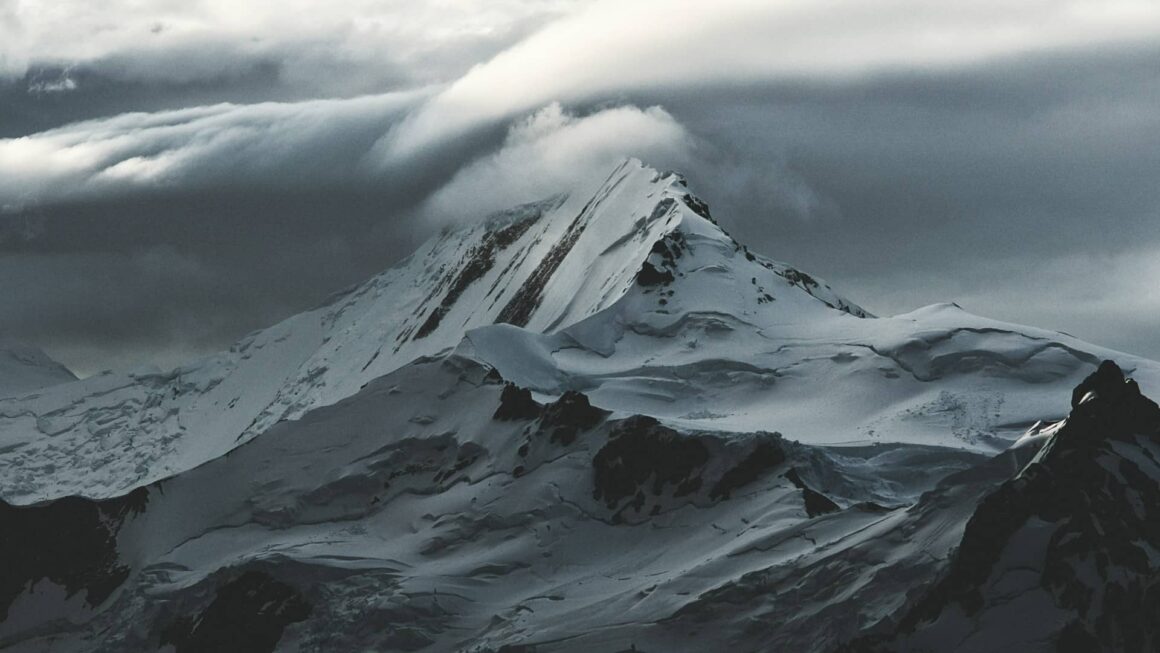
Located deep within the frozen heart of Antarctica, the Independence Mountains are a testament to nature’s untamed beauty.
Accessible only by a grueling combination of flights and frostbitten treks, this remote range offers intrepid explorers unparalleled solitude amidst pristine landscapes.
These mountains remain one of Earth’s least explored regions, shrouded in mystery and awe.
2. Dogon Country, Mali
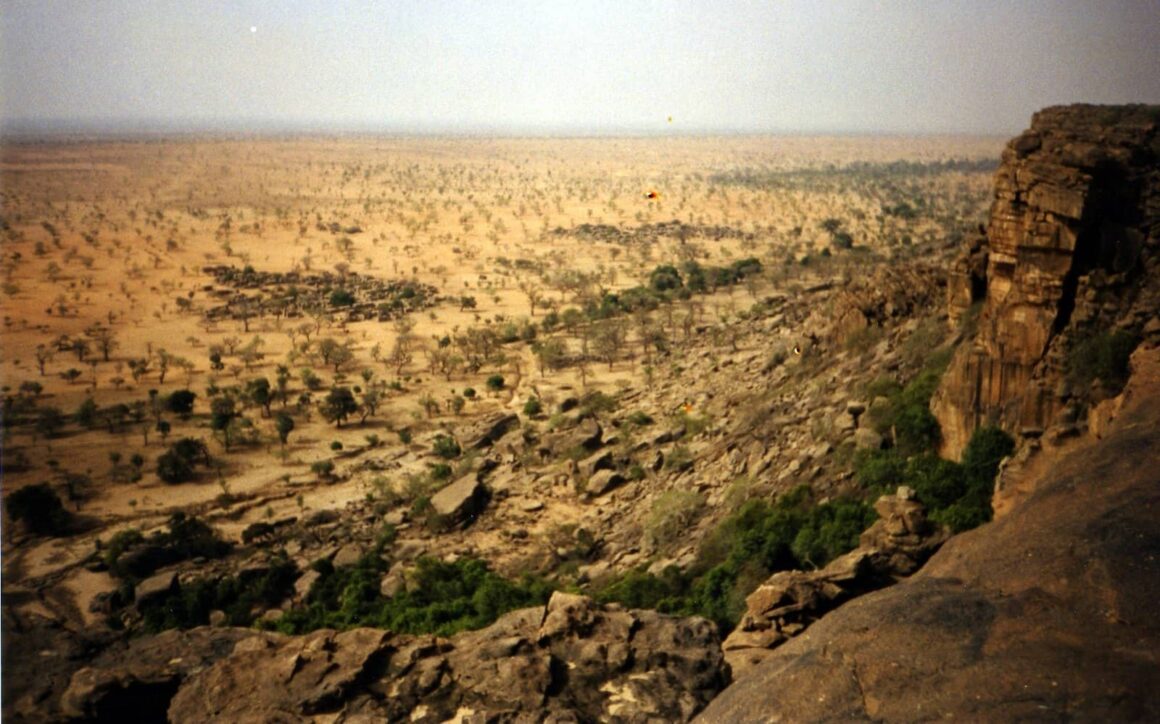
High above Mali’s arid plains, Dogon Country boasts ancient cliffside villages etched into the rugged landscape. Beyond its breathtaking vistas, this region is a cultural treasure trove, renowned for its elaborate wooden masks and vibrant traditional dances.
The Dogon people’s intricate knowledge of astronomy has fascinated researchers for decades, showcasing their deep connection to the cosmos.
3. Tiger’s Nest Monastery, Bhutan
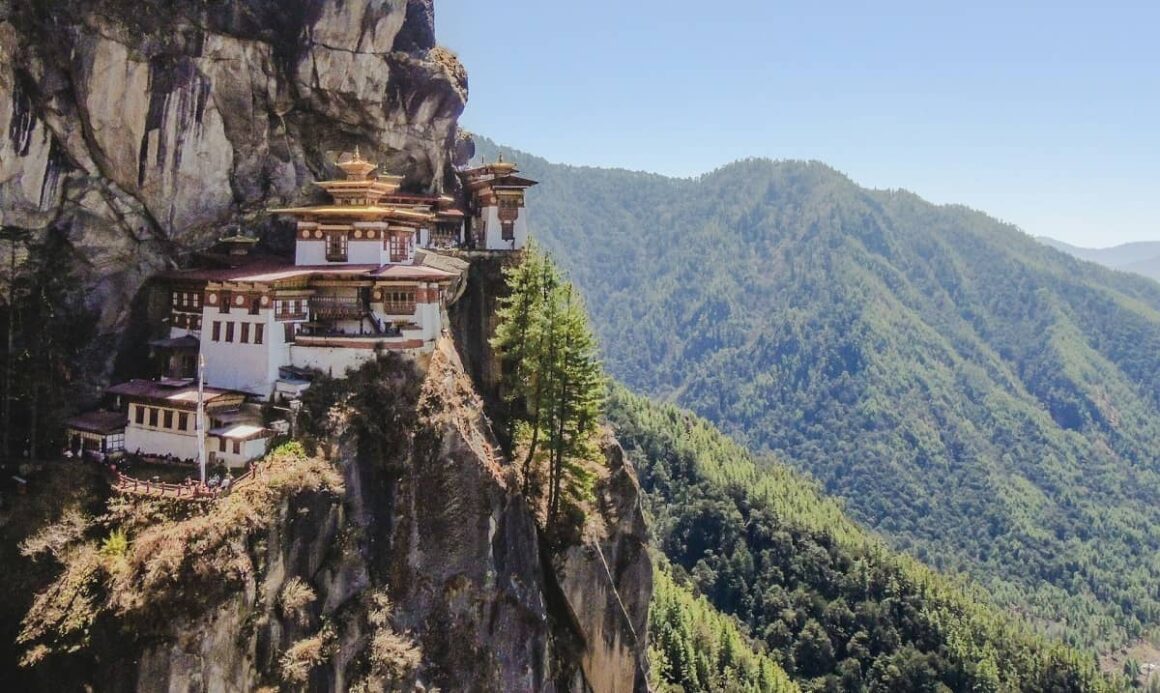
Perched precariously on a cliffside in Bhutan’s Paro Valley, Tiger’s Nest Monastery is more than just a spiritual sanctuary—it’s a test of physical endurance. Legend has it that Guru Rinpoche arrived here on the back of a tigress, adding a mystical allure to this sacred site.
The monastery’s cliffside perch offers jaw-dropping views over the misty valleys below, a reward for the challenging hike.
4. Amazon and Rupununi Savannah, Guyana
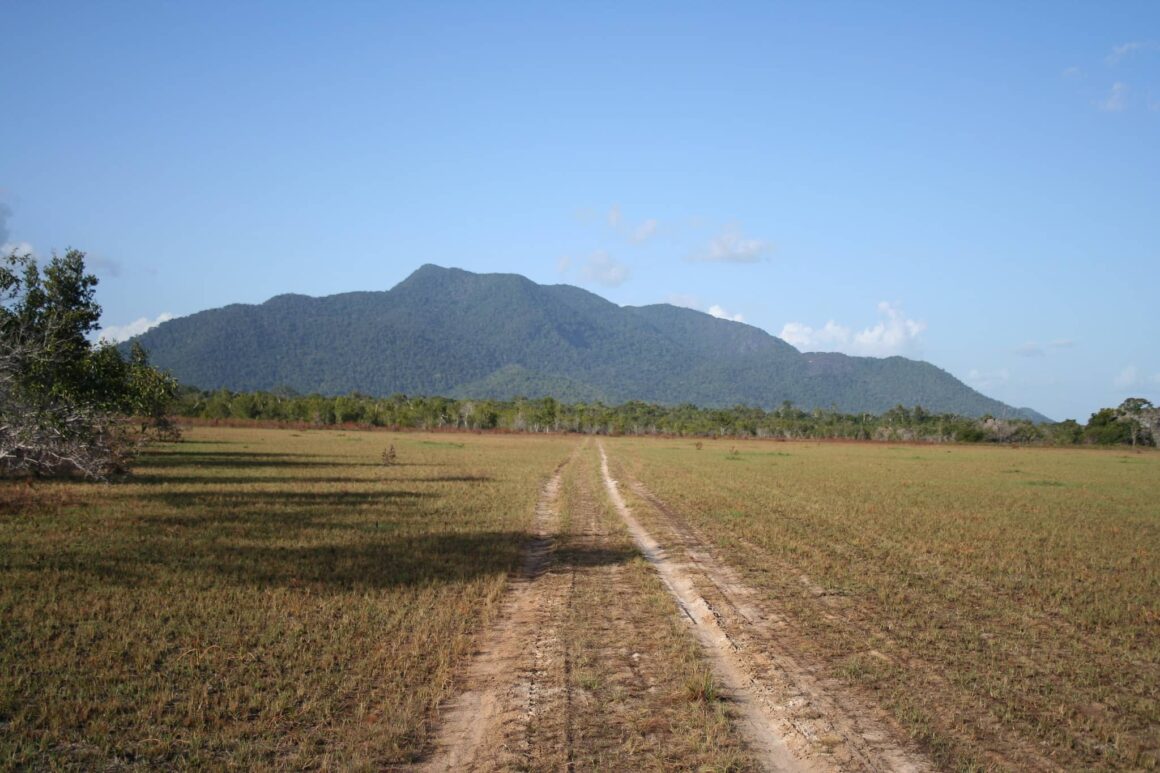
Delve into the heart of Guyana’s untamed wilderness, where the Amazon rainforest meets the sweeping Rupununi Savannah. Navigating this biodiverse paradise requires more than just sturdy boots—it demands a spirit of adventure and a knack for jungle survival.
The Rupununi Savannah is a haven for wildlife enthusiasts, home to elusive jaguars and the majestic harpy eagle.
5. The Great Dune Sea, Sahara Desert

Step into the mesmerizing expanse of the Great Dune Sea, where endless sand dunes stretch as far as the eye can see. Conquering this desert wonderland calls for more than sunscreen—it demands a keen sense of direction and a taste for nomadic life.
Despite its harsh conditions, Bedouin tribes have thrived here for centuries, navigating the shifting sands with expert skill.
6. Baliem Valley, West Papua

Hidden amidst the rugged terrain of West Papua lies Baliem Valley, a gateway to the ancient traditions of the Dani tribe. Trekking through this remote valley means traversing swinging rope bridges and immersing oneself in a culture untouched by time.
The Dani people’s intricate rituals and communal living offer a glimpse into a world where tradition and modernity coexist in harmony.
7. Faroe Islands

Tucked away in the North Atlantic, the Faroe Islands beckon with their dramatic cliffs and emerald-green landscapes. Accessible only by sea or air, these remote isles have preserved their Viking heritage amidst breathtaking natural beauty.
Despite their isolation, the Faroe Islands boast a thriving arts scene, with traditional Faroese music and dance festivals drawing visitors from around the globe.
8. Skellig Michael, Ireland
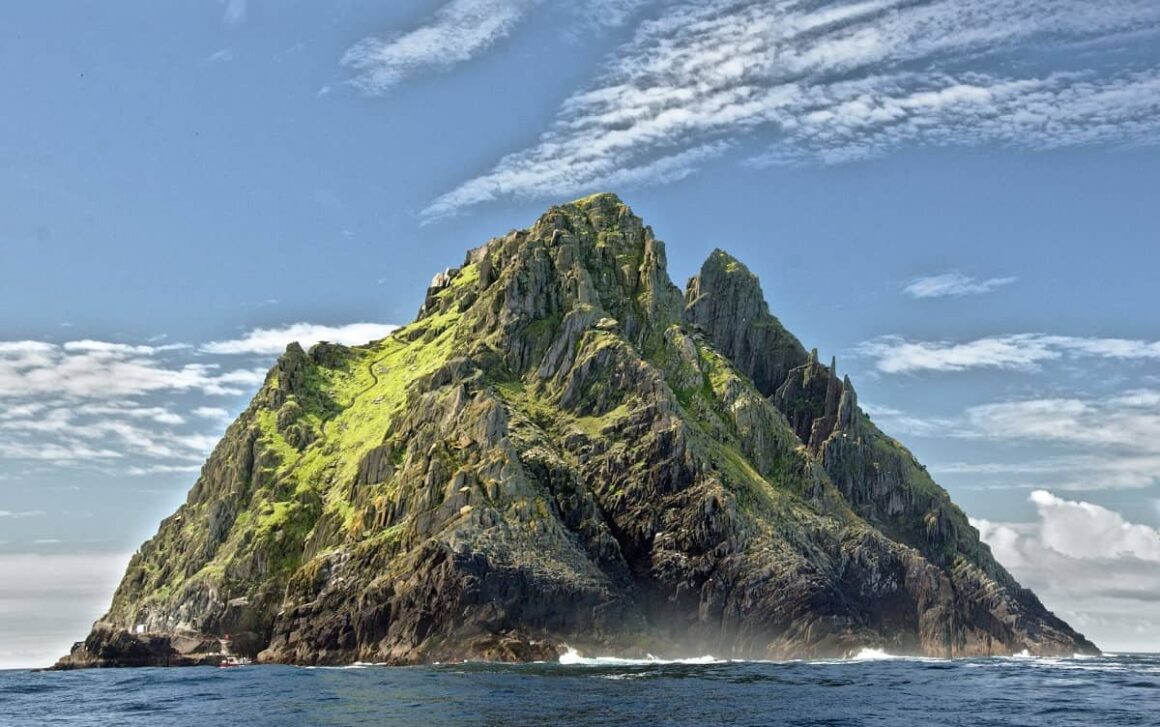
Off the coast of Ireland, Skellig Michael rises defiantly from the Atlantic, its ancient monastic ruins a testament to centuries of solitude. A journey here involves braving choppy waters and scaling 618 stone steps, rewarded by panoramic views and a touch of cinematic mystique (courtesy of its Star Wars fame).
The island’s puffin population adds a lively touch to its rugged cliffs, delighting birdwatchers and visitors alike.
9. Easter Island, Chile
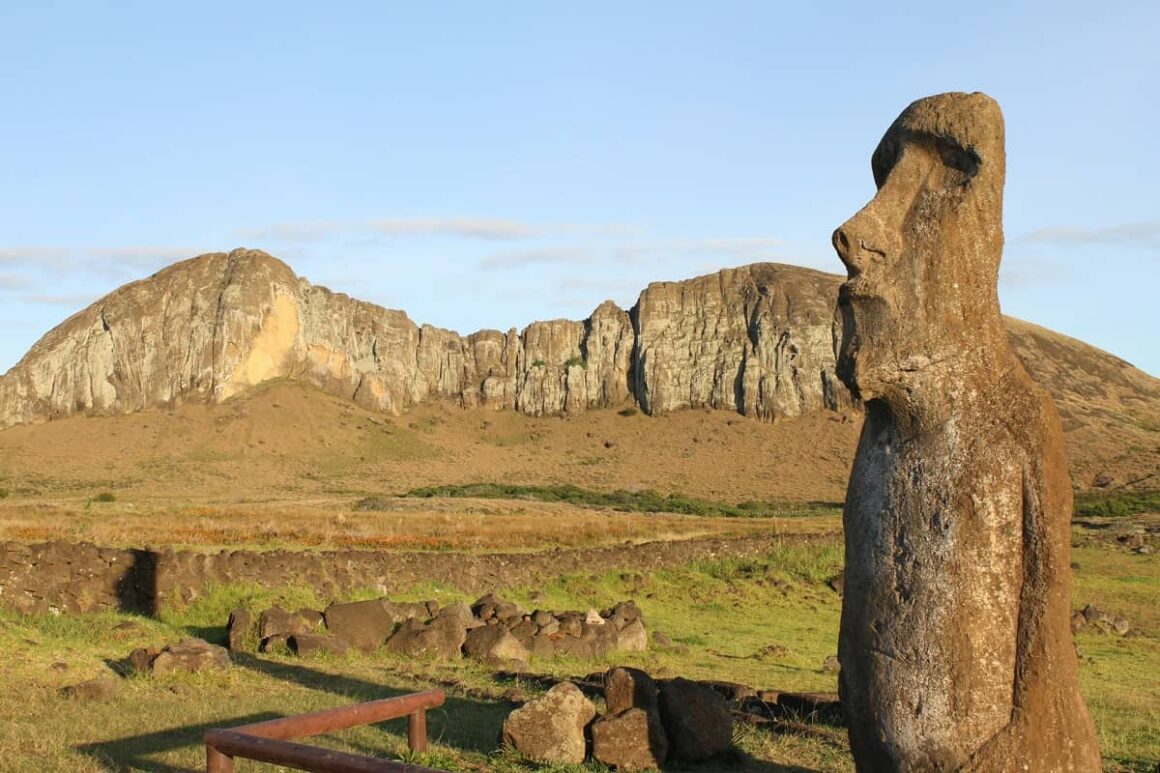
In the vast Pacific Ocean, Easter Island stands as a beacon of mystery and ancient wonder. Home to the iconic Moai statues, reaching this remote outpost involves a long journey across open seas and a dive into a culture steeped in Polynesian tradition.
The island’s archaeological sites offer a glimpse into a civilization that thrived in isolation, leaving behind enigmatic stone guardians that continue to puzzle historians.
10. Tristan da Cunha
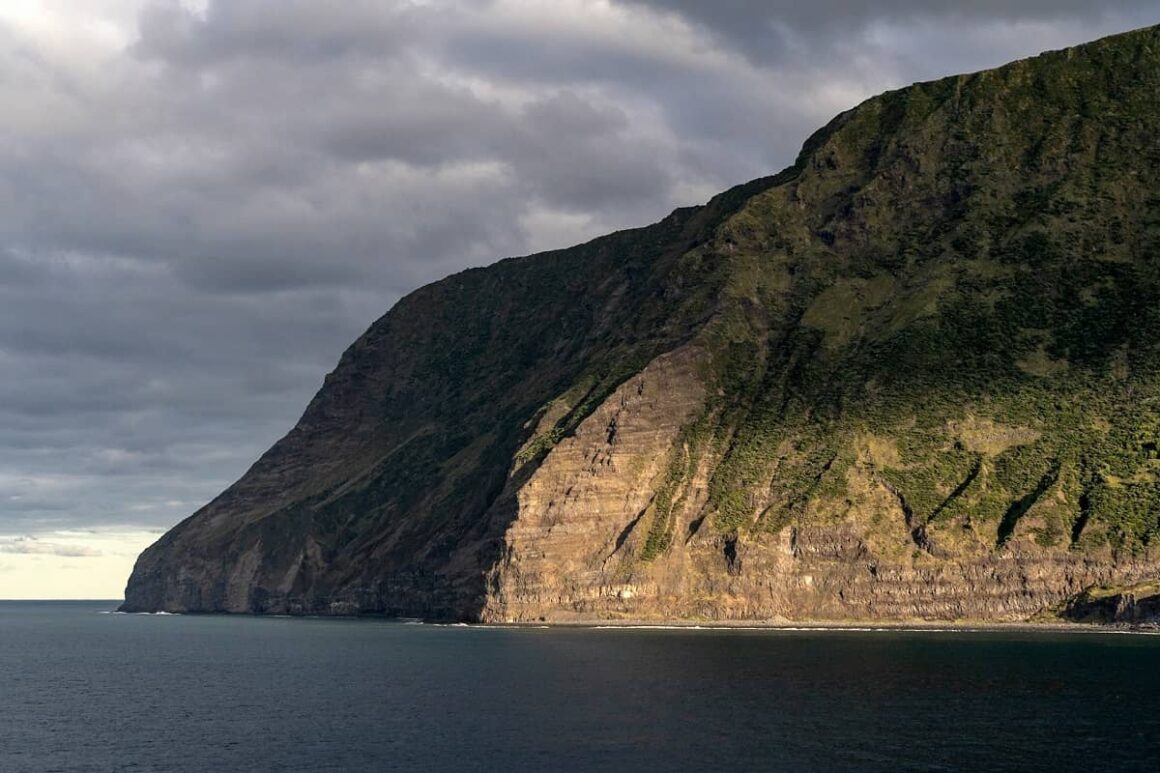
Nestled in the remote reaches of the South Atlantic, Tristan da Cunha reigns as the world’s most isolated inhabited archipelago. A voyage here requires braving the open ocean aboard a supply boat, promising a glimpse into a community defined by resilience and maritime lore.
Its main island, named “Inaccessible Island,” embodies the archipelago’s rugged charm, attracting intrepid travelers and wildlife enthusiasts alike.
11. Olkhon Island, Lake Baikal, Siberia
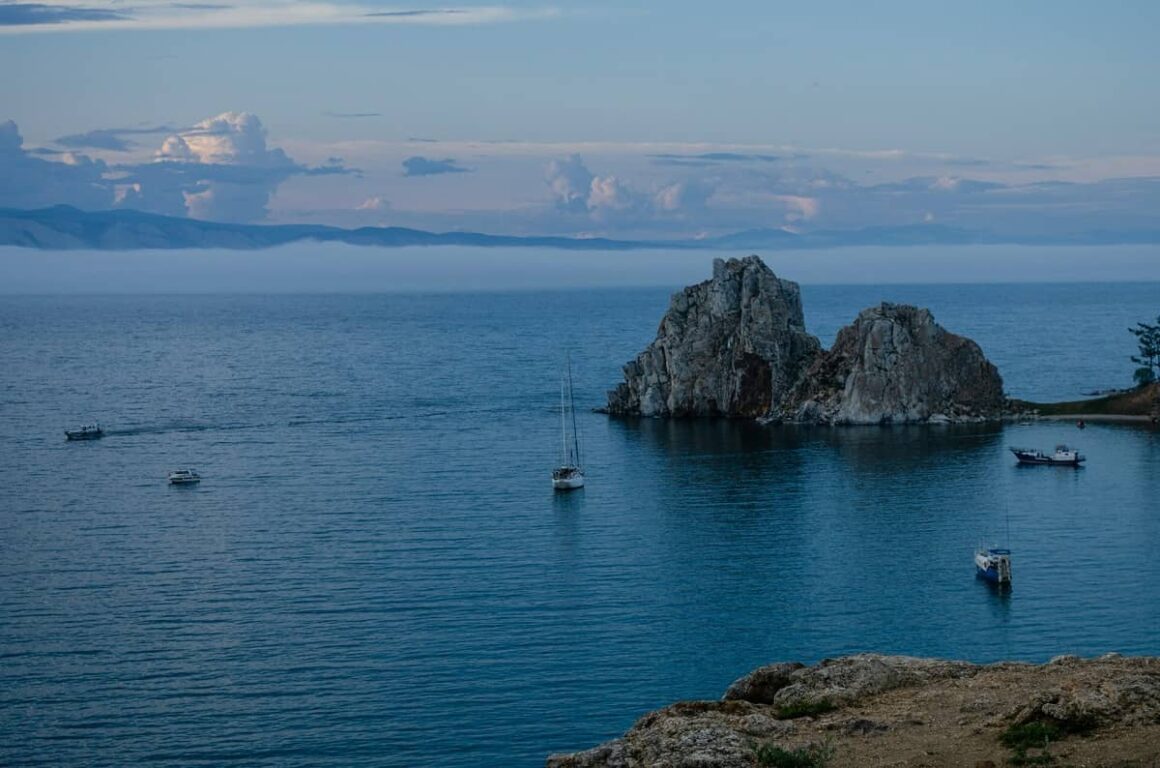
Set against the backdrop of Siberia’s Lake Baikal, Olkhon Island captivates with its pristine forests and serene shores. Accessible by a combination of flights, minivan rides, and ferry crossings, this island sanctuary offers a retreat into nature’s embrace.
Lake Baikal, the world’s deepest lake, surrounds Olkhon with crystal-clear waters and endemic species, including the elusive freshwater seals.
12. Kubu Island, Makgadikgadi, Botswana

Amidst Botswana’s vast salt pans, Kubu Island stands as a granite oasis adorned with ancient baobab trees. Getting here requires navigating desolate salt flats and embracing the spirit of exploration with a four-wheel-drive vehicle.
13. Alert, Nunavut, Canada

Perched on Ellesmere Island, Alert holds the title of the northernmost permanently inhabited place on Earth. Reaching this Arctic outpost demands multiple flights and a final journey aboard a military aircraft, navigating extreme weather conditions with every step.
Alert serves as a vital research and military base, offering a glimpse into Arctic life and the challenges faced by its resilient inhabitants.
Each of these destinations not only challenges the traveler’s endurance but also rewards with unforgettable experiences and insights into the world’s diverse cultures and landscapes.

